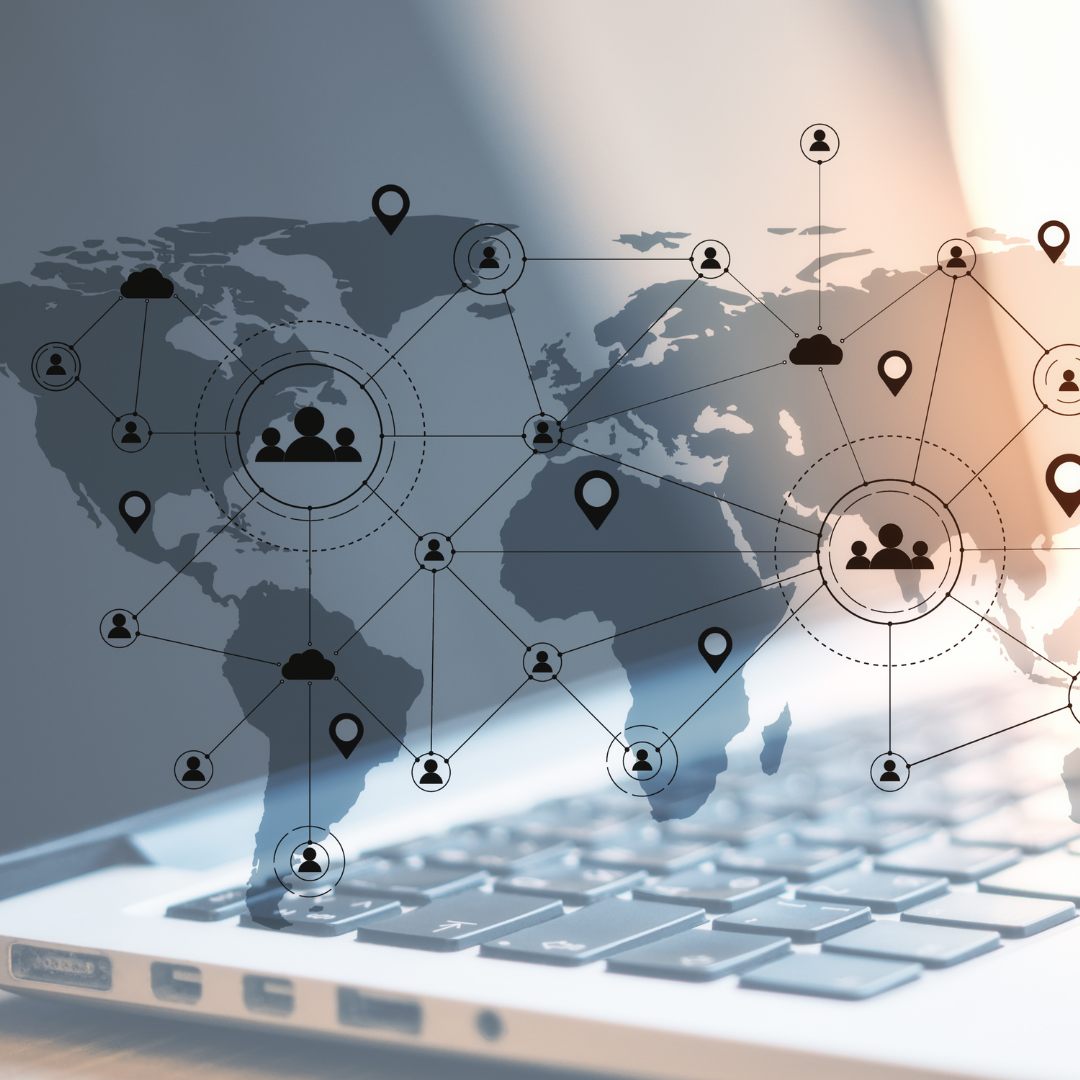Join America Back to Work, a weekly podcast, video, and blog series that covers timely and relevant topics affecting the labor market and workforce with industry experts. The series includes recruiting, hiring, retention, employee satisfaction, customer service, background screenings, and more.

5 Key Trends and Statistics to Know About Remote Work in 2023
It’s been more than three years since the start of the pandemic when many employers sent their employees home to work in their home offices, kitchens, and bedrooms. Over the course of that time, companies have been tinkering with their remote work policies to cater to their workforce’s needs and preferences while also serving the needs of the business.
With American worker productivity is declining at the fastest rate in 75 years, some employers are going to war against work-from-home, but others are finding it difficult to attract and retain top talent without a flexible work-from-home policy.
Today, figuring out this delicate balance—and cracking the code on remote work—has become a core responsibility for HR teams everywhere. Below are five key remote work trends and statistics that serve as a snapshot of the current remote work landscape and can help guide HR decision-making when it comes to designing a remote work policy that carries the business into a successful future.
There’s a Gender Gap In Remote Work
A higher percentage of men work remotely than women. Specifically, 38% of men work remotely full-time and 23% part-time, while 30% of women work remotely full-time and 22% part-time. Interestingly, research suggests that women prefer remote work at a higher rate than men, pointing to a clear gender gap and accessibility problem when it comes to remote work and highlighting the need for more inclusive remote work policies to ensure equal opportunities.
Remote Employers Save More
The cost-saving benefits of employing a remote workforce are very real; remote work saves companies money on rent and utilities, relocation costs, cleaning services, security, office food and equipment, and even tax costs—ultimately reducing the price tag on each employee.
These savings are particularly relevant for companies in cities where rent is extremely high, but employers that choose remote work, for this reason, should closely monitor how key metrics like productivity, engagement, and retention are affected to understand how work from home is holistically and realistically changing the bottom line.
Hybrid Workers Will Sacrifice Salary
Hybrid workers want more than just a couple of days at home to get their work done, and, according to new data from Pew Research Center, they’re willing to take a pay cut for it—reflecting the value workers place on the flexibility and autonomy remote work provides, and potentially affecting how companies reshape compensation in the future.
Hybrid workers and their affinity for remote work provide an interesting dataset to guide compensation and remote work planning since they’ve gotten a taste of both sides—in-office and at-home work.
Remote Workers Feel Less Connected
Since the start of the pandemic and the popularization of work-from-home, employers and employees alike have been concerned about the lack of face-to-face interaction between co-workers—worried about how this setup could create communication silos, increase workplace loneliness, and drive down engagement numbers.
For some employers, those fears might be enough to bring employees back to the office full-time or in a hybrid setting—but they don’t have to be. Employers committed to keeping their remote programs afloat can foster connections between employees through effective communication and more intentional team-building strategies.
Remote Workers Might Pose a Great Security Risk
A recent study from IBM found that 60% of cybersecurity attacks are carried out by insiders, either maliciously or accidentally (the ratio of which is still up for debate). Most employers believe remote work increases the likelihood of insider attacks due to several factors, such as employees using technology not sanctioned by IT to get work done, employees working on unsecured vulnerable networks rather than workplace networks that IT experts have secured, and more.
To build a successful remote work program and reduce risk, employers must build more robust security protocols tailored to a work-from-home environment, improve employee education about safe digital practices, and better screen employees up front for security threats.
Listen for More Insights
Listen to this week’s episode of America Back to Work: Expert Interview Series for more insights into remote work trends and ideas for shaping work-from-home policies.
We’re sitting down with Mitch Lippman, president of The Mitch Lippman Group, Inc., which specializes in helping individuals and organizations achieve their professional goals through one-on-one executive coaching, facilitation, team coaching, and the development and delivery of training programs.